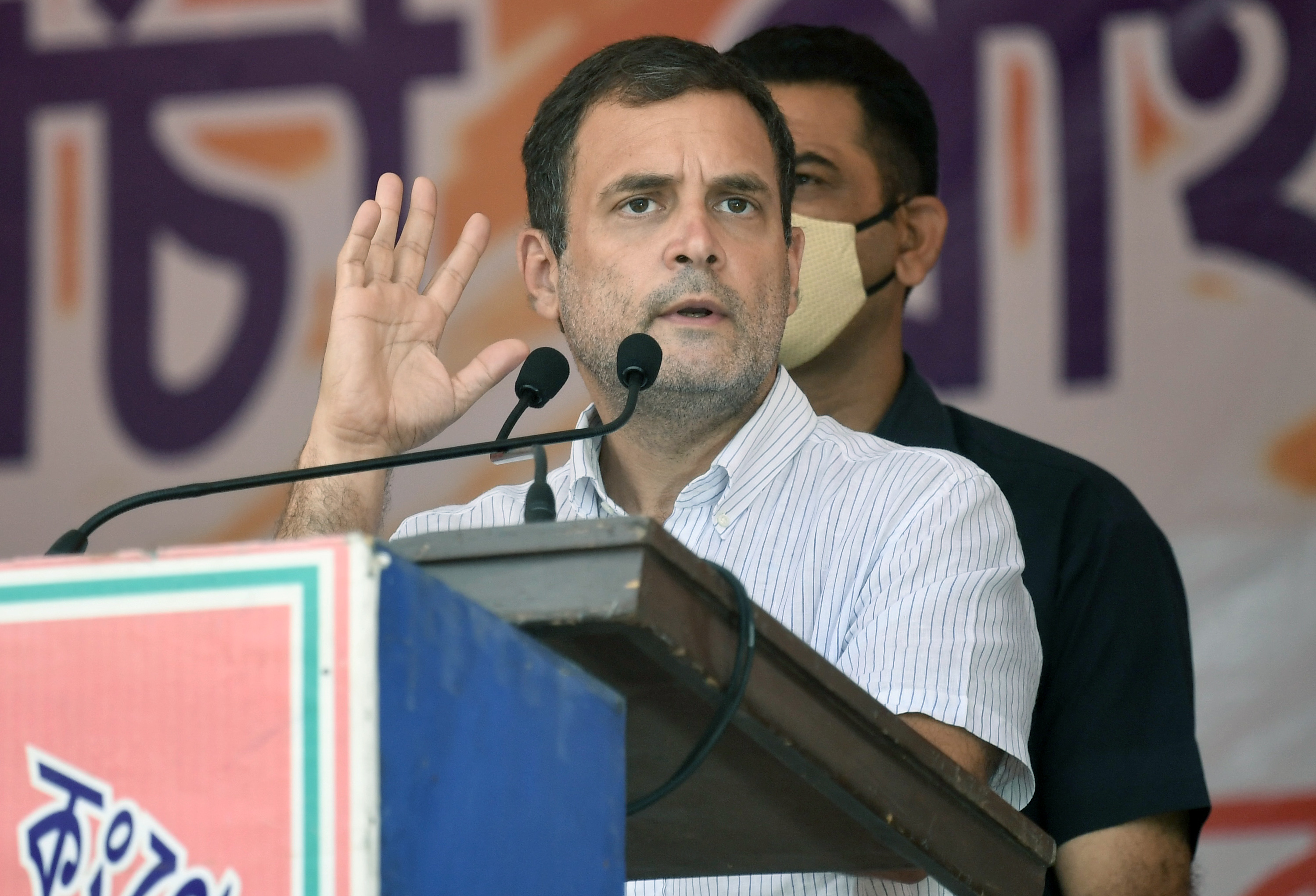The Congress Working Committee has deferred the organizational elections, earlier scheduled for June, in the wake of the pandemic surge in the country, thereby keeping the leadership question wide open. The interim party president, Sonia Gandhi, would for the time being continue in her position, despite the dismal performance in the recently concluded Assembly elections. In other words, like the previous few times, no one would be held accountable for the losses since the party continues to make the same mistakes, believing each time that the outcome would be different. Sonia and her coterie are in fact, still trying to persuade a reluctant Rahul Gandhi to take over, something which is unlikely to happen in the immediate future. The high command must realise that people would want the Congress to become stronger in order to provide a national alternative to the saffron brigade, but they are unwilling to accept the Gandhis in the leadership role. Therefore, in the interest of the party as well as the country, the Gandhis must see the writing on the wall, following a string of defeats and allow someone from within to step in, at least for the interim period.
Sonia Gandhi’s health does not permit her to travel extensively and both Rahul and Priyanka are struggling to establish the required connect with the people. The result is that the high command’s grip over the party is loosening and a stage may come when senior leaders may start openly defying the central leadership. The Gandhis have failed to get Navjot Sidhu appointed as the Punjab Congress president, and their writ may stop running if something is not done immediately. On the contrary, ministers of the border state have been issuing statements demanding the expulsion of the former cricketer for publicly attacking the Chief Minister, Captain Amarinder Singh. Obviously, criticism of the CM by a dissident leader in public domain amounts to indiscipline but then the high command should act either way to assert its leadership.
The Congress has several capable leaders, who, if provided an opportunity, can help in resuscitating the party. As mentioned on several occasions, Rajasthan Chief Minister, Ashok Gehlot, has the seniority and the guile to lead the Congress during these troubled times. He is also close to the Gandhis and shared a cordial bond with the late Ahmed Patel, Sonia Gandhi’s most dependable trouble shooter and thus is aware of a lot of behind the scene developments.
Former Madhya Pradesh Chief Minister, Kamal Nath, has the resources as well as the capacity to deliver. He has been around since 1969 and at one stage, selected Congress candidates for the Parliamentary polls, when Sanjay Gandhi assisted his mother, to stage a comeback in 1980. He has a grassroots connect and the expertise of preparing the cadres of the polls.
Former Haryana Chief Minister, Bhupinder Singh Hooda, the only mass leader amongst senior functionaries, could be an ideal person to lead the party, given that he has the capability of mobilizing lakhs of people to take up important causes. He is also close to the Gandhis and his family’s association with the Congress is almost as old as the Nehru-Gandhis.
There have been suggestions from several Congress leaders that Sonia Gandhi should give a call for the unity of party persons, past and present, in order to strengthen the ideological battle needed to combat the divisive politics unleashed by the Sangh Parivar. In order to do that she should be able to make “a sacrifice”, which would enable a leader acceptable to all factions to take over. If she plays the role of the facilitator, she would be long remembered for her gesture. However, vested interests that continue to influence her, would never allow such a thing to happen.
There are moments in history when trust has to be reposed in one’s team members. Indira Gandhi had chosen to appoint Babu Jagjivan Ram as the president of her faction when she split the party in 1969 following a confrontation with the syndicate. This gamble paid, since Jagjivan Ram, an excellent organizer, ably assisted by Hemvati Nandan Bahuguna, fortified the organization, by boosting the morale of the cadre. The 1971 mammoth victory of Indira Gandhi was the consequence of this trust and effort. It is another matter that Jagjivan Ram broke away from Indira Gandhi in 1977, to enable the combined opposition to defeat the Congress, post Emergency.
After Rajiv Gandhi’s gruesome assassination on 21 May 1991, the party’s leadership shifted towards the experienced P.V. Narasimha Rao, who led his minority government to a full five-year term. He fell out with 10, Janpath and thus faced defeat in 1996, thereby paving the way for Sitaram Kesri.
The short point is that drastic measures are needed when the situation gets bad. The Congress needs to be revived from the lowest level. Some of its frontal organisations, particularly the Indian Youth Congress, are doing extremely well but this energy needs to be transferred to the main party as well. There has to be a total makeover at the block and district levels and both Rahul and Priyanka have not been able to achieve that.
The Assembly elections to UP are approaching and the way things are, Congress may be further decimated. In Uttarakhand, the Aam Aadmi Party is filling the Congress space and there seems to be no blueprint with the leadership to stop that. The status quo must end. Between us.
Congress sticks to status quo
- Advertisement -

